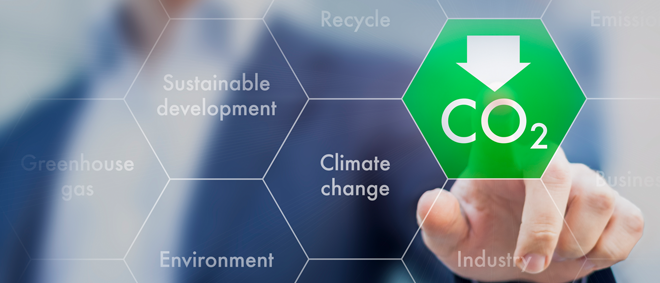Over a year ago, New York City Mayor Eric Adams announced the “City of Yes”, a plan to update the City’s zoning tools to support small businesses, create affordable housing, and promote sustainability. On December 6, 2023, the first of this trio, known as the “City of Yes for Carbon Neutrality” zoning text amendments (“COYCN”) was officially approved by the City Council. The passage of COYCN marks a huge victory in the City Administration’s efforts to decarbonize the City’s energy grid, building stock, vehicles, and waste streams. Continue Reading NYC’s Zoning for Carbon Neutrality is Here to Stay






